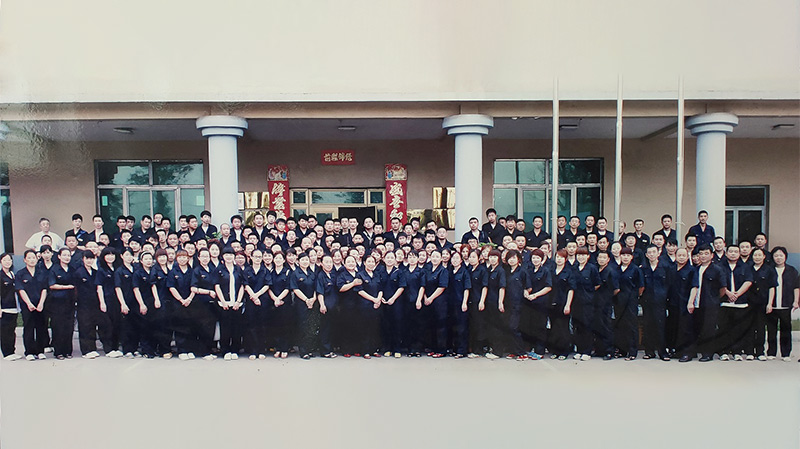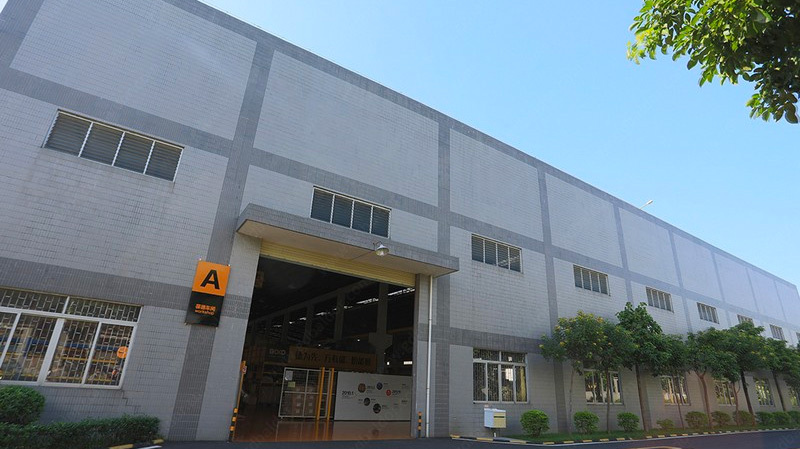Your home for data science. First you will have to create a DTM(document term matrix), which is a sparse matrix containing your terms and documents as dimensions. NLP with R part 1: Identifying topics in restaurant reviews with topic modeling NLP with R part 2: Training word embedding models and visualizing the result NLP with R part 3: Predicting the next . BUT it does make sense if you think of each of the steps as representing a simplified model of how humans actually do write, especially for particular types of documents: If Im writing a book about Cold War history, for example, Ill probably want to dedicate large chunks to the US, the USSR, and China, and then perhaps smaller chunks to Cuba, East and West Germany, Indonesia, Afghanistan, and South Yemen. The user can hover on the topic tSNE plot to investigate terms underlying each topic. x_tsne and y_tsne are the first two dimensions from the t-SNE results. ), and themes (pure #aesthetics). There are no clear criteria for how you determine the number of topics K that should be generated. In order to do all these steps, we need to import all the required libraries. 565), Improving the copy in the close modal and post notices - 2023 edition, New blog post from our CEO Prashanth: Community is the future of AI. Ok, onto LDA. look at topics manually, for instance by drawing on top features and top documents. The features displayed after each topic (Topic 1, Topic 2, etc.) A "topic" consists of a cluster of words that frequently occur together. Because LDA is a generative model, this whole time we have been describing and simulating the data-generating process. This sorting of topics can be used for further analysis steps such as the semantic interpretation of topics found in the collection, the analysis of time series of the most important topics or the filtering of the original collection based on specific sub-topics. Here, we use make.dt() to get the document-topic-matrix(). visualizing topic models with crosstalk | R-bloggers
Knox Shopping Centre Map,
Byberry Hospital Tunnels,
Mclaren Health Care Corporation Program Family Medicine Residency,
Articles V
 what secret did landry's mother tell the pope
what secret did landry's mother tell the pope
 when do angela and hodgins get back together
when do angela and hodgins get back together
 kentucky bourbon festival tickets
kentucky bourbon festival tickets